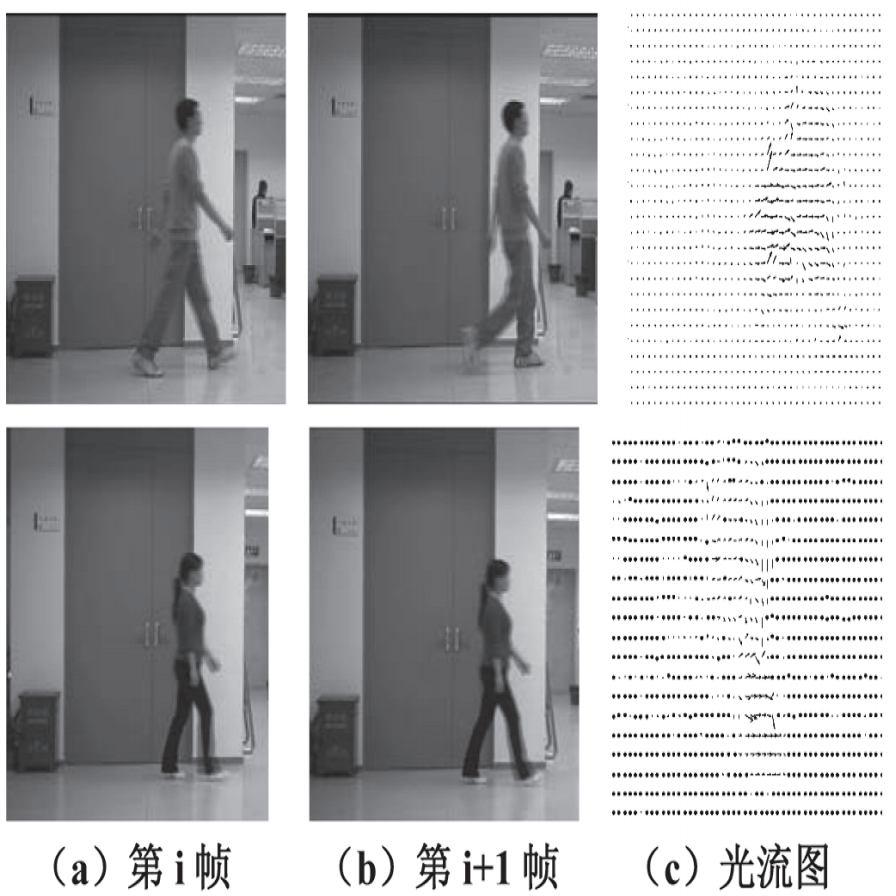The rapid growth of immersive technologies in educational areas has increased research interest in analyzing the specific behavioral patterns of learners in immersive learning environments. Considering the fact that research on the technical affordances of immersive technologies and the pedagogical affordances of behavioral analysis remains fragmented, this study first contributes by developing a conceptual framework that amalgamates learning requirements, specification, evaluation, and iteration into an integrated model to identify learning benefits and potential hurdles of behavioral analysis in immersive learning environments. Then, a systematic review was conducted underpinning the proposed conceptual framework to retrieve valuable empirical evidence from the 40 eligible articles during the last decade. The review findings suggest that (1) there is an essential need to sufficiently prepare the salient pedagogical requirements to define the specific learning stage, envisage intended cognitive objectives, and specify an appropriate set of learning activities, when developing comprehensive plans on behavioral analysis in immersive learning environments. (2) Researchers could customize the unique immersive experimental implementation by considering factors from four dimensions: learner, pedagogy, context, and representation. (3) The behavioral patterns constructed in immersive learning environments vary by considering the influence of behavioral analysis techniques, research themes, and immersive technical features. (4) The use of behavioral analysis in immersive learning environments faces several challenges from technical, implementation, and data processing perspectives. This study also articulates critical research agenda that could drive future investigation on behavioral analysis in immersive learning environments.
翻译:暂无翻译


